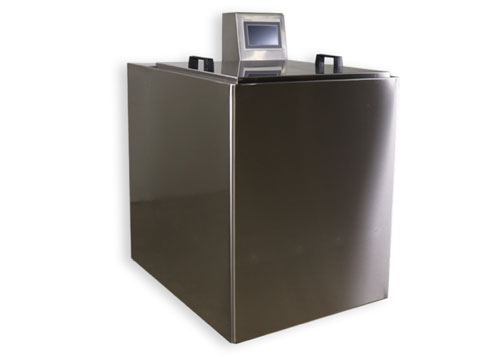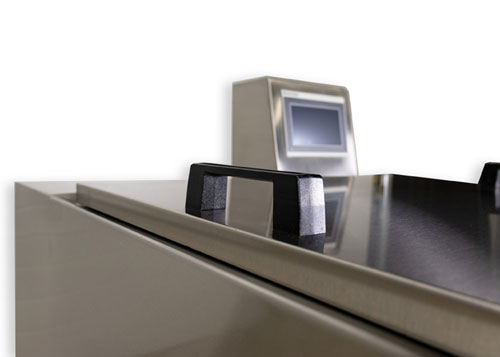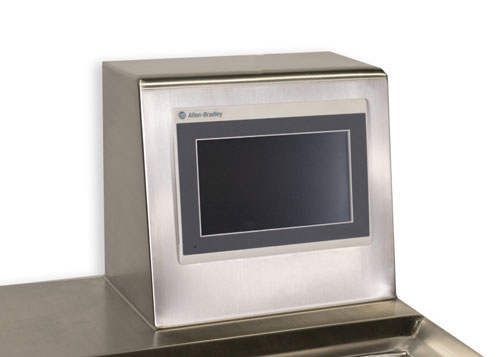
The sous vide cooking method was created in 1971 as a way to improve roast beef’s tenderness but has become much more widely used in U.S. restaurants in the last 20 years. There are a number of reasons why this way of cooking has become so popular with chefs and restaurants across the country.
First, the process is fairly simple and exact. Food is vacuum-sealed in airtight plastic packages, then submerged in a cook tank/water bath for slow cooking at precisely-controlled, yet low, temperatures. The sous vide process ensures a wide range of food, from meat to eggs, seafood to vegetables, are cooked perfectly every time. Best of all, this cooking method takes human error out of the equation, so even unskilled staff can be productive in the back of house.
This slower cooking process not only produces eye-appealing products with perfect texture and better flavor, but also preserves its nutritional quality and enhances food safety. Products cooked using the sous vide method are exceptionally tender and fresh tasting, as well. When used in cook chill production, multiple product portions can be cooked conveniently and efficiently in a single batch.
Sous vide technology has come a long way since the 1970s. Traverse City, Mich.-based DC Norris North America has introduced the state-of-the-art Model CT-1, the only automated sous vide cook tank built to suit the batch and floor space requirements of today’s commercial kitchens.

“The CT-1 is quite unique in the market, as it is a self-contained, mid-scale unit,” says Dick Smith, president of DC Norris North America. “In the past, a restaurant would only be able to purchase either a small tabletop sous vide unit with an immersion circulator that has limitations or a very large industrial tank that doesn’t fit the needs of a restaurant.”
Not only does the CT-1 cook food evenly, safely and automatically, but it can be left unattended while in use, reducing necessary labor in the back of house.
“The CT-1 is a plug-and-play unit that easily and conveniently fits around standard restaurant equipment from a physical size point of view,” says Smith. “It is completely intuitive to use with push-button operation and convenient, vital features for data capture.”
Its 50-gallon capacity accommodates up to 120 pounds of food, with no minimum batch size required to operate. The CT-1’s product temperature probe ensures food is cooked to required temperatures every time.

The NSF-certified, counter-depth CT-1 sous vide tank is equipped with full-color touch screen controls and standard electric heating with 240 volt 3-phase (208 volt 3-phase also is available). It can be connected quickly and easily to existing main water sources for simple tank refilling. The software compatible DC Norris Virtual Chart Recorder is available as an option.
The CT-1 is the only commercial unit of its type that features both a product temperature probe and a second probe that measures water temperature, too. These are critical for the accurate temperature control required when sous vide cooking in a production capacity.
The product temperature probe enables users to accurately measure the core temperature of the product at all times while it’s in the bath, ensuring accurate temperature control throughout the cooking and chilling cycle. This data can be used for HACCP reports and, when used in conjunction with the DCN Virtual Chart Recorder, provides real-time data throughout the cook chill cycle, meeting the requirements of the USDA.
For the cook chill option, DC Norris can provide a dedicated glycol chiller unit necessary for the rapid chilling required.
Foodservice operators, chefs, and restaurateurs seeking production scale, state-of-the-art sous vide equipment can look no further than the efficient, adaptable and easy-to-use Model CT-1.
Content Sponsored by DC Norris.



